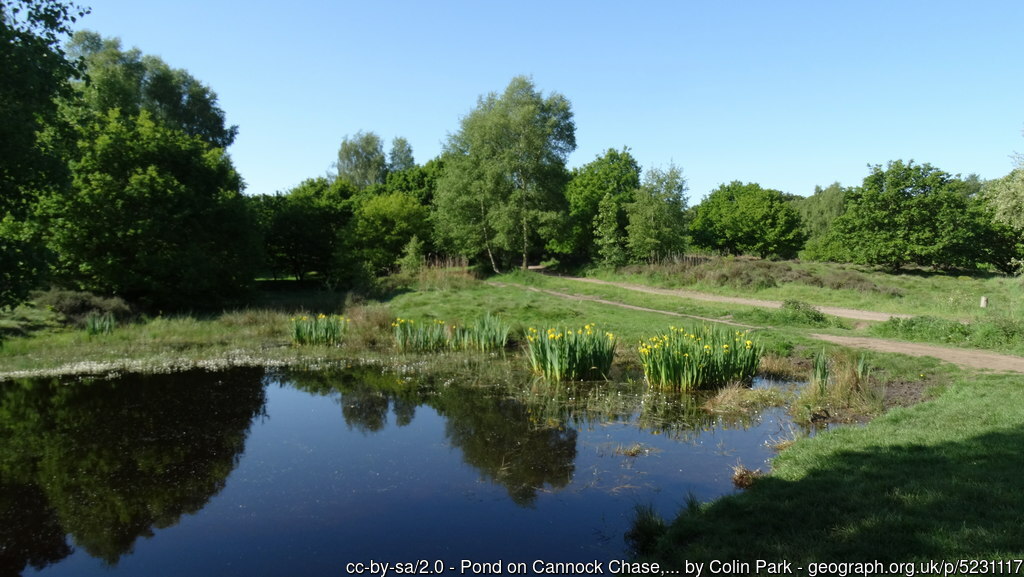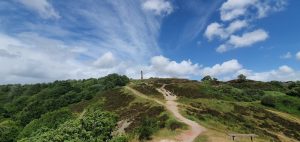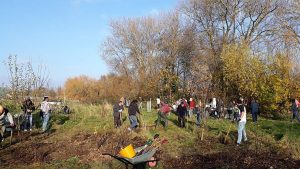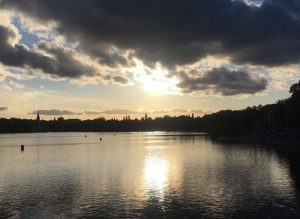Every pond is unique and the management required will depend on many factors. A general understanding of the ecology of the plant and animal communities present in and around the pond and some knowledge of the existing value of the site, will help to provide ideas about what to create and what species to encourage. If in doubt it is always best to ask for specialist advice. English Nature or a member of the local Wildlife Trust will help. The TCV provides a knowledgeable (and economic) workforce which can help with some of the work.
Some important rules are:
- manage little and often;
- use manual methods rather than machinery wherever possible;
- to encourage a diversity of species, create as many different habitats and/or micro-habitats as possible;
- manage these habitats by a variety of techniques;
- use management techniques consistently – changes can disrupt the life cycles of some species;
- avoid using pesticides. (Pesticides to be used adjacent to, or on water require Environment Agency approval);
- use natural management techniques, (eg animals to graze pastures or trees planted to shade certain areas);
- do not overgraze the ponds or surroundings. On the other hand do not fence off entirely – trampling and light grazing can be very important for some species;
- reduce the soil fertility where possible (for example by removing grass mowings, extending the area of semi-natural vegetation around the pond);
- never apply fertilizers – either inorganic or organic;
- always use native species;
- look out for signs of trouble, eg changes in the water quality;
- write a management plan to ensure continuity of management;
- if in doubt, DON’T – always seek advice first.
Algal Blooms
Algal blooms are a common phenomenon in newly created ponds, especially in spring and summer. Until the plant and animal communities become balanced systems, there are usually excess nutrients available in the water to fuel a population explosion of algae. The water can look like pea soup and although it appears alarming, the problem usually takes care of itself in a short time.
Remove excess blanketweed and algae from the site where practical but do not use chemical preparations – these will only prolong the problem.
Never empty the contents of a pond with algal bloom or silt into a watercourse or even near a watercourse! This could cause serious problems to wildlife in the stream and may help to spread unwanted species to other parts of the catchment area.
One solution may be worth trying if the algal problem persists: barley straw (not wheat or oat straw) placed loosely in net bags[1] and left to float close to the surface of the pond or near an inflow, seems to inhibit the growth of the algae. This may take from one to three months, so the straw should be placed in the pond in the spring, well before algal populations have built up.
Management Plans
A concise management plan will make it possible to manage the pond and its wildlife effectively and consistently. Together with records of progress it will also provide information for others with an interest in the pond or those who manage it in the future. The records should include:
- Any background information: history, statutory designations, method of construction
- Site assessment, present condition, habitats present, species present
- Present management, ideally, management objectives
- A work programme detailing the work you wish to carry out
- Photographs, records, lists of species, etc
- A diary of any management work carried out and any unusual things you have found or seen.
A management plan need not be a lengthy document. Clearly annotated site maps are often the easiest to use.
[1] Do not just throw in a straw bale and hope for the best! Each bale is made up of several ‘leaves’ of straw. Break the bale up into leaves and then pull the leaf apart to fluff it up. Then push the fluffed up straw into a net bag – the big net bags that onions, sprouts, etc., are bought in from the markets or farms by greengrocers.

Reproduced with permission of North West Parks Friends Forum







